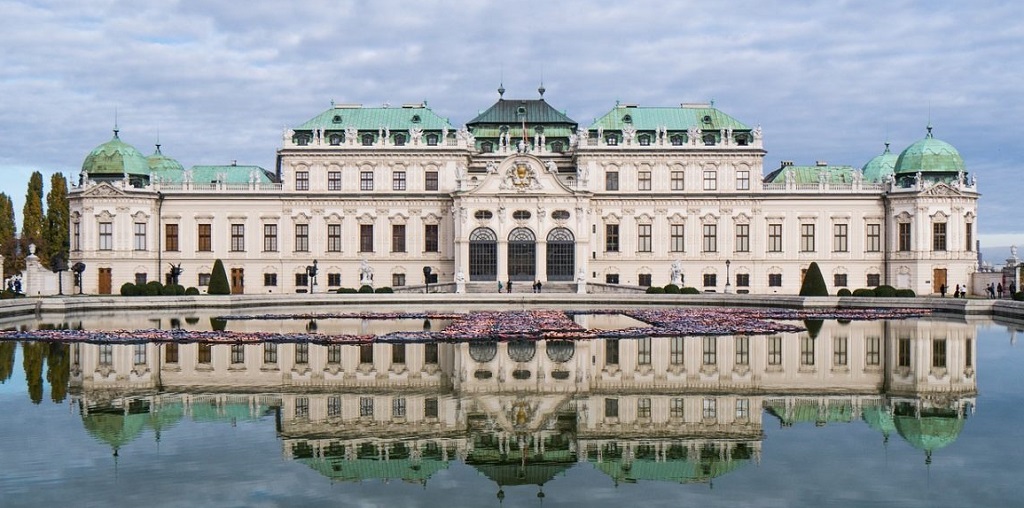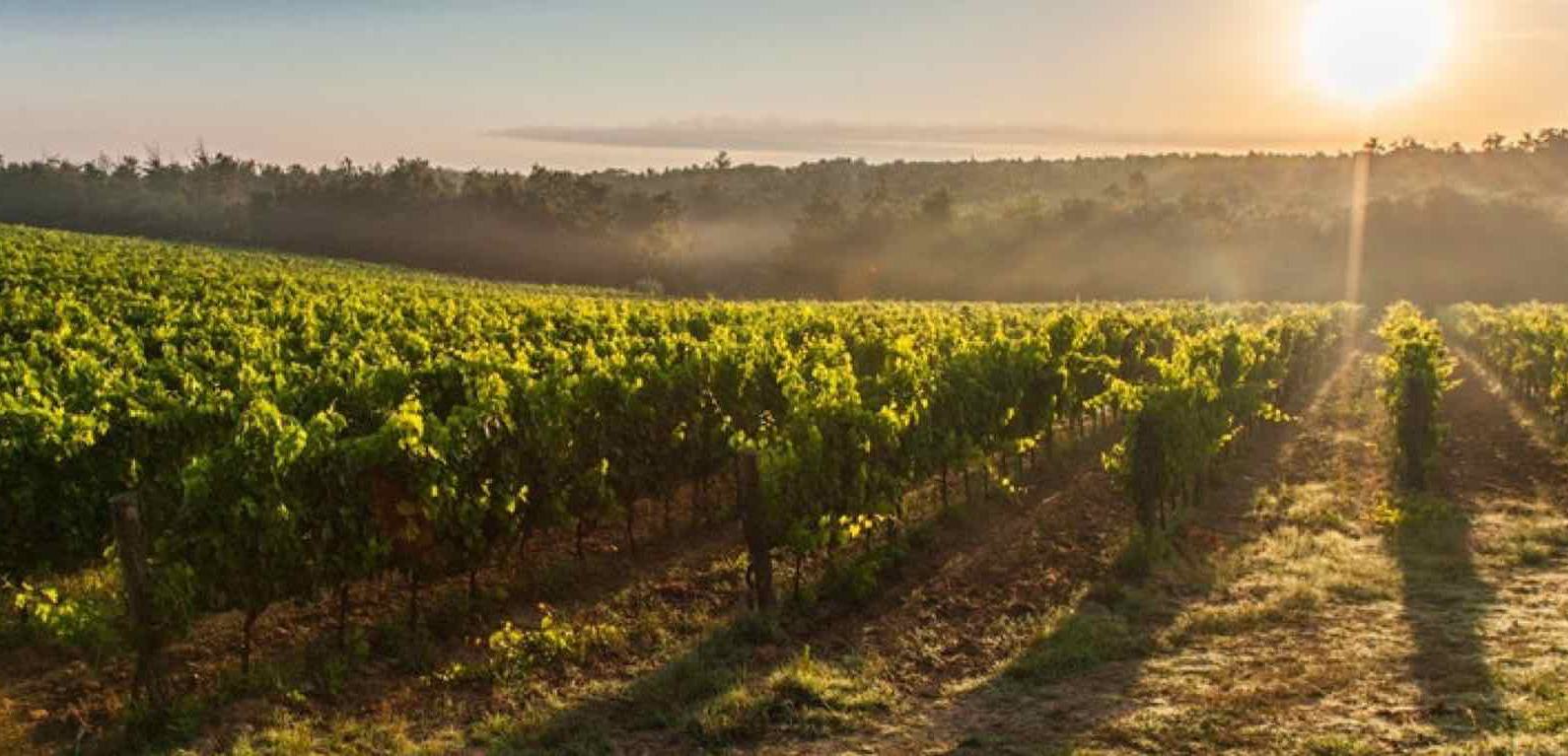
Austria is a landlocked country in Central Europe bordered by eight other nations. Renowned for its breathtaking mountain scenery, classical music heritage, culture rich capital and a 1965 film musical starring Julie Andrews, this alpine country also has another ace up its sleeve...

Winemaking in Austria is a tradition which dates back nearly four millennia, but it is the Romans of around two-thousand years ago who are credited with introducing large scale viticulture to the nation. Ever since then, terraced vines have lined the steep sided banks of the Danube and its tributaries, producing wines for (initially) the monks and (subsequently) the masses. However, the country’s reputation for delivering quality wine has been somewhat less consistent. Known in the second half of the twentieth century for its mass-produced cheap blends, and blighted by the anti-freeze scandal of 1985, it is only in very recent years that Austria has begun to re-establish itself as a serious wine nation and started to garner a reputation as such on the world stage. Today, the country boasts a little over 45,000 hectares of vineyard, making wine from more than thirty different grape varieties. White wines account for around two thirds of all produce and [Grüner Veltliner](/gruner-veltliner) is both the dominant variety and the grape for which the country is best known. Whilst previously, it was used as a constituent in the afore mentioned (and much maligned) sweet blends, it is now vinified in a crisp, dry style to deliver delightfully aromatic, exotic tasting wines with a wide ranging flavour profile. Other white grapes such as [Riesling](/riesling), [Pinot Blanc](/pinot-blanc) ([Weißburgunder](/weissburgunder)) and [Chardonnay](/chardonnay) are also prevalent in Austrian vineyards, whilst red wines are mostly made from [Zweigelt](/zweigelt), [Blaufränkisch](/blaufrankisch) and [Pinot Noir](/pinot-noir) ([Blauburgunder](/blauburgunder)). For a country synonymous with winter sports, it comes as no surprise to learn that the climate here is continental, with little if any influence from the Mediterranean on the other side of the Alps. A fraction warmer than its northerly neighbour, [Germany](/country/germany), Austria’s climate is characterised by warm daytime temperatures in the growing season contrasting with much cooler conditions at night, a distinction which enables the grapes to ripen slowly whilst preserving their natural acidity. Large bodies of water - most obviously, the Danube river - also take the edge off the temperatures in colder months, thus reducing the risk of frost damage. As a mountainous nation, much of the Austrian terrain is unsuitable for wine growing and so the country's producers are largely restricted to the eastern provinces, close to the borders with [Hungary](/country/hungary), Slovakia and [Slovenia](/country/slovenia). There are four main wine producing regions here - [Burgenland](/region/burgenland), [Niederösterreich](/region/niederosterreich) (Lower Austria), [Steiermark](/region/steiermark) and [Wien](/region/wien) (Vienna) - with each (except Vienna) divided into smaller sub-zones. Lower Austria is by far the largest of these regions, with more than 28,000 hectares under vine. There is no doubt that Austrian wines and the people who make them are slowly establishing a reputation for excellence in their field. And in some ways, the scandal of the mid-nineteen-eighties has had a positive effect, highlighting the need for change and for stricter regulations in the industry. The DAC - Districtus Austriae Controllatus - appellation system was introduced in 2003 to increase the quality and authenticity of regional produce by placing restrictions on yield, grape varieties and cellar techniques. Nowadays, a new generation of winemakers are driving the industry forward with a carefully constructed balance of age old tradition and technological innovation. The hills it seems, are not only alive with the sound of music, but also with the beat of a thriving wine industry that looks set to continue its climb.

Burgenland is one of Austria’s most important wine regions. Situated in the far east of the country, about an hour’s drive from the capital Vienna, it is best known for its red wines from varieties such as
Read more ▸
Steiermark, also known as Styria in English, is known for its fresh and fragrant white wines, often among Austria's most elegant.
Read more ▸
Austria's capital city Vienna boasts over six hundred hectares of vineyard in commercial use. Wiener Gemischter Satz DAC, the traditional Vienna field blend has subsequently become a recognised appellation.
Read more ▸